By Northland Fence | Minnesota’s Trusted Fencing Experts
You’ve made the decision—you’re ready to install a new fence. Whether it’s for privacy, security, or simply curb appeal, a fence is a valuable upgrade for any home in Minnesota. But before the first post is set, there’s one crucial step that determines whether your project runs smoothly or hits unexpected snags:
Proper yard preparation.
At Northland Fence, we believe your fence installation should be seamless from start to finish. That’s why we guide every homeowner through a clear, proven process to prepare their property the right way. In this article, we’ll show you how to get your yard ready for installation—so you avoid costly delays, unexpected issues, and permit problems.
Meet the Hero: You
You want your new fence installed efficiently, legally, and beautifully. But you’re unsure about where to begin. What about property lines? What if the fence needs a permit? Can it be installed on a slope?
That’s where we come in.
Meet the Guide: Northland Fence
Based in Minnesota, we’ve installed thousands of fences across every terrain and in every season. We know what it takes to get the job done right—and what can go wrong when prep work is skipped.
Let’s walk through the process together so your yard is ready and your project stays on track.
Step 1: Verify Your Property Lines
Before any work begins, it’s essential to confirm the exact boundaries of your property. Installing a fence, even a few inches over your boundary, could lead to legal disputes—or force you to tear down and redo the fence.
- Use a property survey or plat map (often available through your county or title company).
- If you’re unsure, we recommend hiring a licensed surveyor to stake the corners and lines.
Minnesota Tip: Some cities, such as Minneapolis and St. Paul, require proof of property lines for fence permits (see St. Paul Building Permits).
Step 2: Understand Local Permit Requirements
Not all fences require permits, but many do—especially if the fence exceeds a certain height or is near sidewalks or easements.
Each Minnesota city has different regulations, including:
- Maximum height restrictions (often 6–7 feet)
- Setback distances from sidewalks or roads
- Material and design standards (especially in HOA neighborhoods)
At Northland Fence, we help our customers navigate local permit applications so they stay compliant from day one.
Pro Tip: Avoid permit issues by contacting your local city office or checking online permit guidelines.
Step 3: Call Before You Dig
Minnesota law requires that underground utilities be marked before any digging occurs. Striking a gas or electrical line isn’t just dangerous—it can lead to serious fines and delays.
Call Gopher State One Call (811) at least 48 hours before digging. They’ll send technicians to mark underground lines with flags or spray paint.
Visit gopherstateonecall.org to schedule a utility locate online.
Step 4: Clear the Fence Line
Once you know where your fence is going, it’s time to clear the path. This helps installers move quickly and ensures your fence is straight and stable.
Here’s what to do:
- Remove obstructions like rocks, roots, toys, debris, and yard furniture.
- Mow the grass if it’s overgrown.
- Trim shrubs or low-hanging branches that could block access.
- Clean up pet waste and secure pets indoors during installation.
A clean, obstacle-free space allows our Northland Fence team to install your fence faster and with better accuracy.
Step 5: Identify Drainage and Slope Issues
Minnesota’s freeze-thaw cycles and rainfall can impact fence longevity. That’s why we pay close attention to yard grading and water flow.
Here’s what to check:
- Does water pool in any areas after it rains?
- Is the fence line flat, sloped, or uneven?
- Are there signs of erosion?
Let us know if you notice any of these issues. We’ll adapt our installation to account for drainage and slope—whether that means stepping the panels or adjusting post depths.
Step 6: Discuss the Project with Your Neighbors
If your fence borders a neighbor’s yard, it’s a good idea to talk to them beforehand. Not only is it courteous, but it can also help prevent disputes and may even open the door to cost-sharing.
Let them know:
- When installation will happen
- Where the fence will go
- That the fence will be fully on your property
Minnesota Friendly Tip: In shared urban spaces, cooperation often leads to smoother projects.
Step 7: Schedule Your Installation with Confidence
Once your yard is prepped, the Northland Fence team will take care of the rest. We’ll handle:
- Precise post hole digging
- Post setting and alignment
- Panel installation
- Cleanup and final walkthrough
Our team uses driven posts instead of traditional cemented posts for longer-lasting, frost-resistant fences—perfect for Minnesota’s challenging climate.
The Risk of Not Preparing
If you skip these steps, you could face:
- Fines or permit violations
- Delays from underground line strikes
- Property line disputes
- Poor installation due to slope or debris
That’s why a little preparation goes a long way in making sure your fence project is smooth, on time, and stress-free.
The Reward: A Fence You Can Trust
Once your yard is ready and the fence is installed, you’ll enjoy:
- Privacy and peace of mind
- A safe space for pets or kids
- Enhanced curb appeal and property value
- Long-lasting protection—even through Minnesota winters

